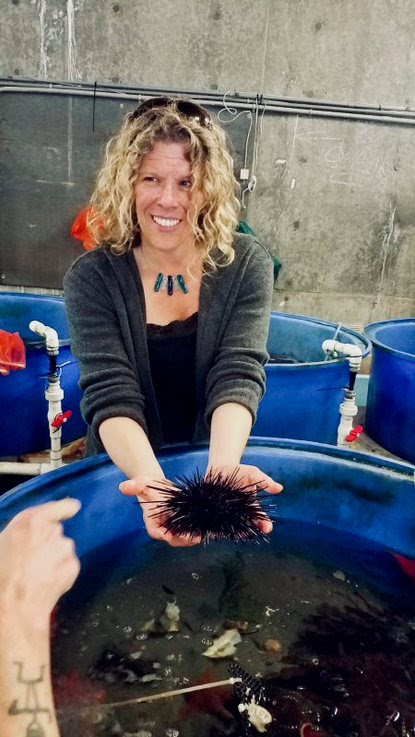June 2023 | Interview with Dr. Ellie Fairbairn at the Bodega Marine Laboratory (BML)
We met at BML and Ellie gave me a brief tour and history of the lab. Ellie explained that its location on the ocean, close to Bodega Head, makes it a highly desirable spot to study the life and secrets of the ocean depths as well as coastal ecosystems and climate. Scientists and students had been drawn to this coastline for several decades even before BML was founded in the 1960s.
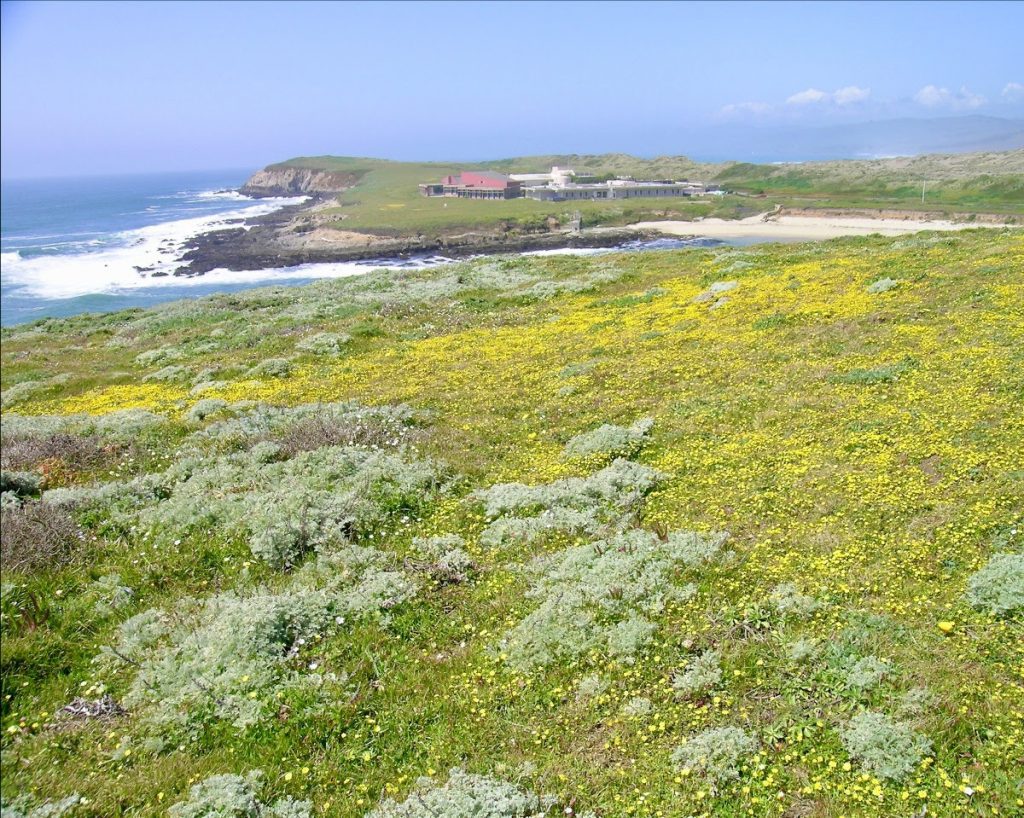
Ellie continued, The Bodega Marine Laboratory is situated on the 362-acre Bodega Marine Reserve (BMR, or “the Reserve”). The Reserve is part of the UC Natural Reserve System, the largest university-owned reserve in the world. BMR includes a remarkable diversity of habitats: coastal prairie, rocky intertidal, sandy beaches, sand dunes, and fresh and saltwater marshes. Like the Point Reyes Peninsula, it sits on the Pacific tectonic plate, separated from the rest of the land that is on the North American tectonic plate by the San Andreas Fault, which runs through Bodega Bay, Bodega Harbor, and Tomales Bay
If you’re familiar with the strong winds that blow from the north in Sonoma County in spring, then you’ve witnessed the oceanographic phenomenon that drives the productivity and diversity of our coastal ecosystems. This wind-driven phenomenon, known as coastal upwelling, forces deep, cold, nutrient-rich water to the surface. The nutrients in the water stimulate the growth of phytoplankton, which provide food for zooplankton and the rest of the coastal food web. There are four such regions in the world: one off the coast of Chile; one off South Africa; one around the Canary Islands; and one off the coast of northern California stretching into Oregon. Although they cover only 1% of the ocean’s surface, they produce up to 50% of the sealife and seafood that humans catch.
The research at BML has been shaped by its location. In addition to studying the colorful critters and the oceanographic and climatic conditions that support them, scientists at BML also examine the impacts on the ocean from human activities, including climate change, pollution, and other activities.
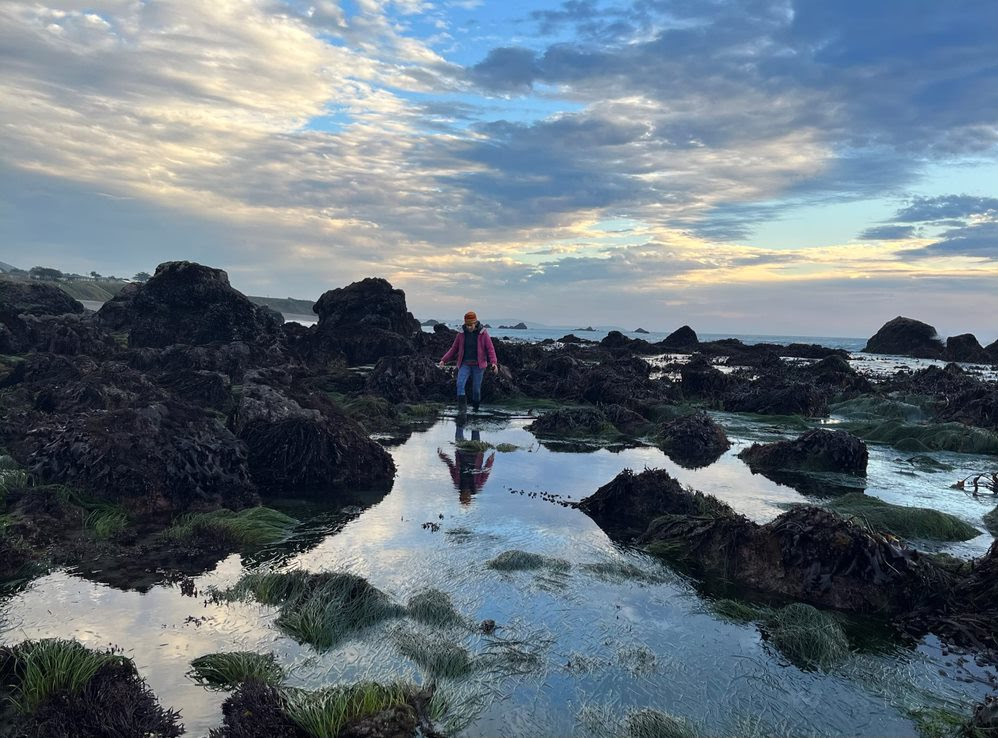
On the tour, we took a look at BML’s Cadet Hand Library. BML is one of UC Davis’s campuses. (It had been a part of UC Berkeley for many years.) Ellie pointed out the undergraduate research reports going back to the 1930s. These hand-typed reports are a treasure trove of research and historical data.
Walking through the hallways we passed various illustrations of marine life and Ellie stopped to tell me about abalone. The White Abalone was the first marine invertebrate to be listed as an endangered species. Scientists at BML are working to restore the wild populations of white abalone through captive breeding. Historically, the fishery for abalone monitored the total catch of abalone, but they did not separate the catch by species (there are seven species of abalone in California). This disguised the fact that we were serially depleting our abalone, one species at a time. One species would be overfished and then people moved on to the next until it was discovered that white abalone, who live at 50-100 feet and are considered particularly tasty, were 99% gone! Captive breeding of white abalone has been a huge success: BML and its partners have more white abalone in their tanks than exist currently in the ocean. And in 2019, scientists began outplanting these captive-bred animals back into the wild, providing hope that we can save this iconic species from the brink of extinction.
Ellie placed abalone shells and a few critters from the tanks in my hands. The color of the white abalone’s shell comes from its diet. Sea cucumbers are great companions to abalone; they are scavengers and will eat abalone poop, keeping the tanks clean.” I also held a sea urchin as Ellie explained about the taxonomic group known as echinoderms which includes sea urchins, sea stars, sea cucumbers, and sand dollars. They are very similar and are typically pentameric, showing five-sided radial symmetry. They have tube feet that on sea urchins resemble long, spaghetti-like arms. The tube feet look like suction cups and produce glue to latch onto or grab things. The echinoderms take in seawater through a pore and like a hydraulic system it allows them to control their arms and move them as they see fit.
Sea cucumbers in extreme danger can expel part of their digestive tract to distract a predator, and then grow a new one!
We looked at the underside of a sea star so Ellie could show me that in each of the five sections, the males had gonads and the females ovaries. The sea urchins are built the same way. She pointed to the five sections visible near its center when looking at the underside. They have five teeth and five sides around the mouth. Anemones are an older evolution and only have one hole that serves as both mouth and anus.
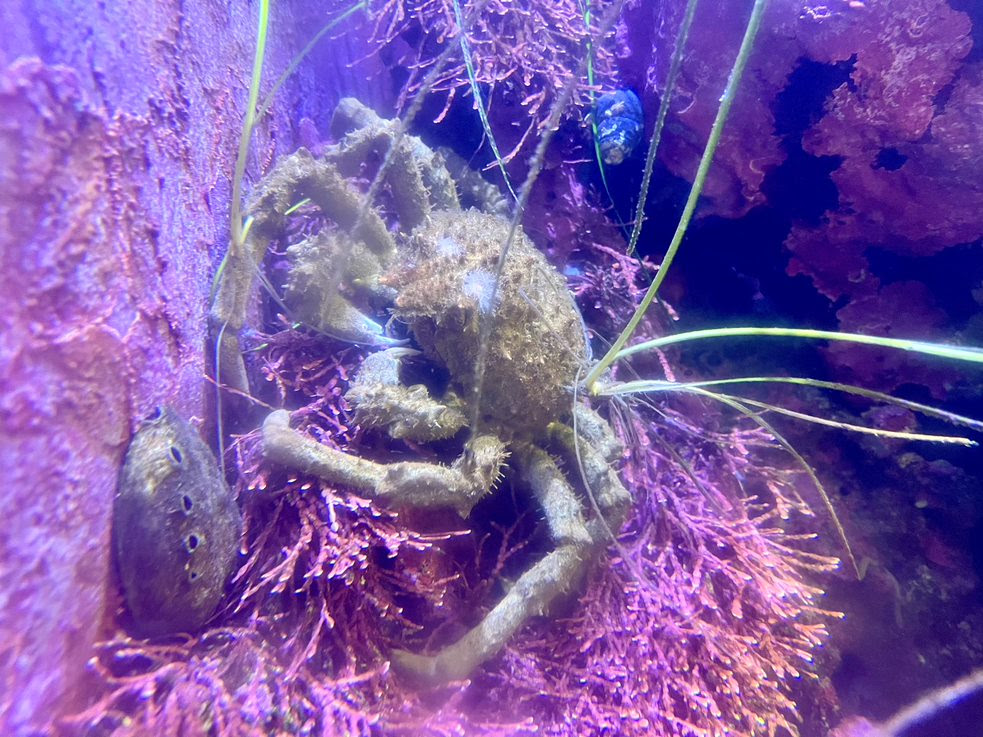
After the tour, we sat at a table with a view of the ocean and I asked Ellie, “What led you to science?” Ellie explains,
Some people describe epiphany moments in life that lead them on a relatively smooth and straight path through their careers. My path was much bumpier than that, with twists and turns. Even as far as college, I wasn’t settled on what I wanted to do. While studying psychology, I realized that I didn’t want to go on with it. After college, I worked at a bank. I became aware of environmental issues by doing beach clean-ups with the Surfrider Foundation, and a part-time job collecting water samples from creeks and streams for bacteria testing. These experiences grew my awareness of the field of ocean health and human impacts. Eventually, I learned about graduate school by meeting graduate students, and I learned how you could pursue interesting questions and make discoveries about the natural world.
I decided to go back to school and took biology and environmental studies classes at Santa Barbara City College. I realized how much science resonated with me: its organizational skills, detail-oriented approach, and data collection. I was a mediocre student in psychology but a straight ‘A’ student in biology because I was truly interested in it. I completed a second bachelor’s degree in biology and started doing research as an undergraduate. I had momentum for the first time!
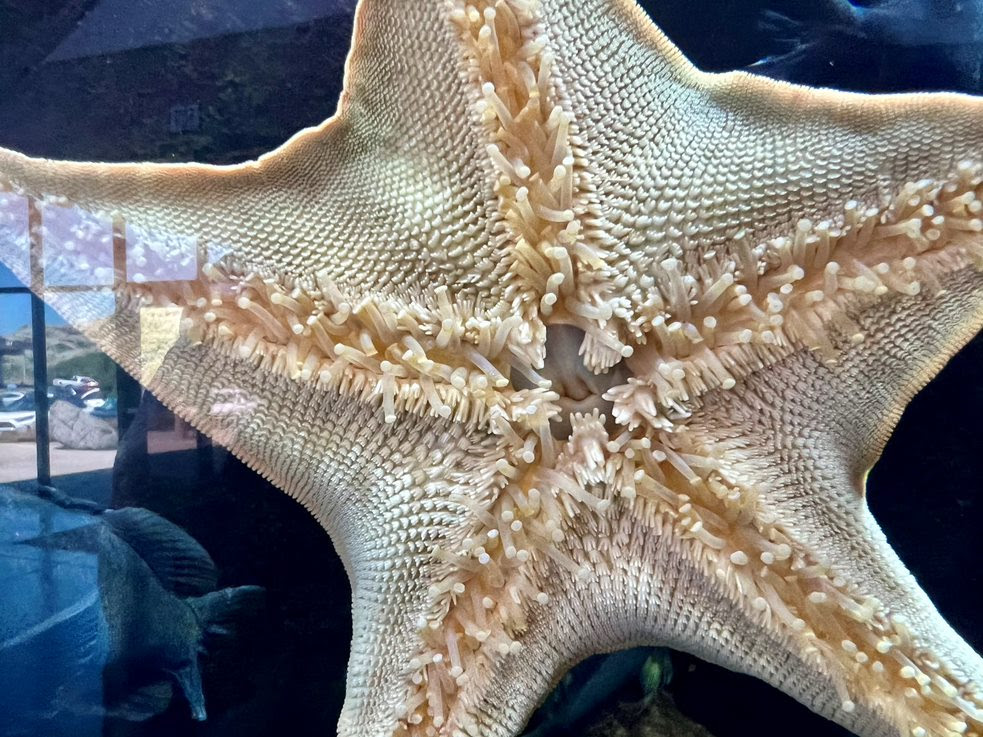
I attended graduate school at UC Davis in the Pharmacology and Toxicology Graduate Group and landed at BML for my graduate research. I had an advisor in Santa Barbara who recommended a professor at BML for my Ph.D. I spent a year in Davis studying biochemistry and cell biology, learning about how drugs and toxins work in the body, mostly in non-marine animals. After completing my classes in Davis, I moved to BML and began my research in Dr. Gary Cherr’s laboratory. The first project I worked on was led by Dr. Susan Anderson. A large group of researchers was examining the health of estuaries up and down the California coast. I looked at DNA damage in crab blood cells, exploring muddy estuaries and carefully collecting blood from the resident crabs.
Eventually, though, my dissertation focused on the effects of chemicals found in fossil fuels on the early stages of development in embryonic fish. Many fish species are economically and ecologically important, and understanding the impacts of pollution on fish is critically important. As fish develop, the initial single cell (the fertilized egg) divides again and again and again to form a ball of 1000s of cells. And even though it’s just a simple ball of cells, those cells talk to each other, sending messages back and forth, ultimately determining which group of cells will go on to form dorsal structure, which will go on to form ventral structures, and then on to form the head and tail. These cellular communication pathways set up the body plan of the animal. Some of the chemicals found in fossil fuels can disrupt these cellular conversations, resulting in extremely abnormal embryos. Similar disruptions have been described in sea urchin embryos by BML scientist Carol Vines.
The Exxon Valdez oil spill in Prince William Sound, Alaska in 1989 taught us how exquisitely sensitive fish are to the chemicals found in oil. My dissertation research, and other research in Dr. Gary Cherr’s lab at BML, contributed to what we know about the sensitivity of fish and other aquatic organisms during early development.
After finishing my Ph.D., I continued my research as a post-doctoral researcher, looking at the effects of a variety of man-made chemical pollutants on marine organisms. I also started teaching undergraduate classes, and leading engagement programs with local audiences of all ages (from “K to Gray!”).
My mom and my grandmother were both teachers, and I initially resisted that career path, but here I am now, and teaching is my favorite part of being a scientist! I love how people’s eyes light up when they see something new! Whether you’re 5 or 95, the ocean will cast its spell; I love how we all react with the same wide-eyed enthusiasm when we see the secrets of the ocean revealed.
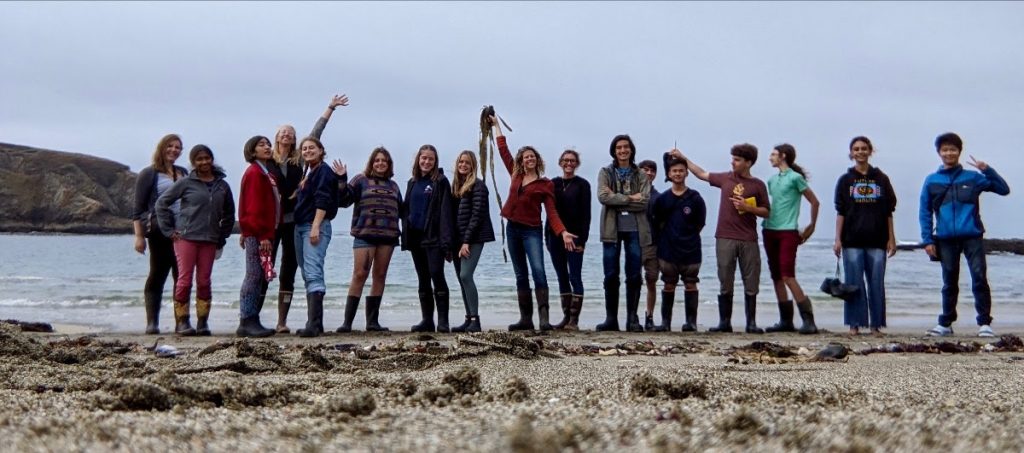
I am now BML’s Director of Education and Outreach Programs. About half of my job is supporting internal programs for UC Davis students, and the other half of my job is working with the public. I find it very satisfying to see and support undergraduate students as they transition from reading about science to being scientists!
I also love to engage with the broader Sonoma County community. I am the co-creator and host of Science Uncorked, an outreach lecture series hosted at the wine bar Gourmet Au Bay in Bodega Bay. Since 2013 Science Uncorked has hosted over 100 public lectures featuring scientists from BML, UC Davis, and the greater North Bay Area science community. This biweekly event runs each year from approximately January to May, and September to December.
I also work with K-12 students by visiting classrooms, organizing tours of BML, and mentoring graduate students who are also interested in teaching. I lead a two-week “pre-college” high school program for students from across the country.
BML invites you to join them for one of its public tours! These free, docent-led tours are available to the public on Fridays. Visitors learn about ongoing marine and coastal science research at Bodega Marine Laboratory and its history on the Sonoma Coast. Plus, they will get to meet a variety of colorful and diverse ocean creatures. Reservations are required. Or, if you’re not nearby, you can explore BML and the Reserve via this virtual, self-guided tour.
To learn more about BML and its mission, research, and engagement, including upcoming and recorded events, please visit https://marinescience.ucdavis.edu/bml/about
New Home
The Master Gardener and his love
have moved into my home.
I no longer recognize it.
My small rooms give way
to wild iris, cluster lilies,
blue-eyed grass. Yellow
monkeyflowers and
owl’s clover abound
in the living room. Walls
crumble, goats roam
the hillside. By night,
coyotes howl and romp.
What am I to do, now
that my prayer’s come true?
From The Dreams We Share
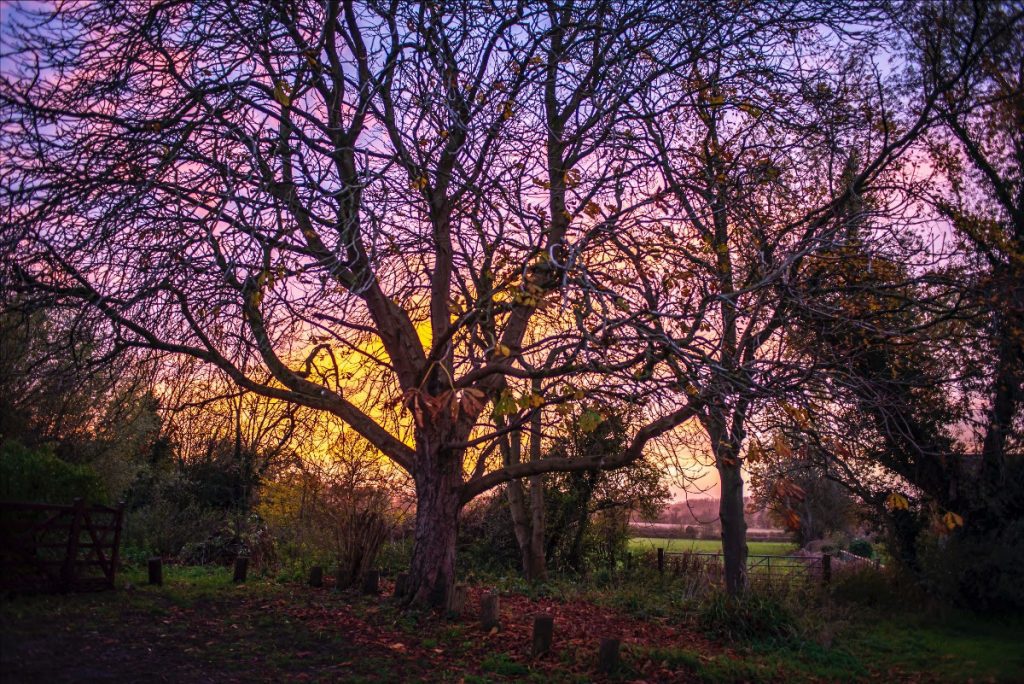
Receive the Earth-Love Newsletter, event invitations, and always a poem.

